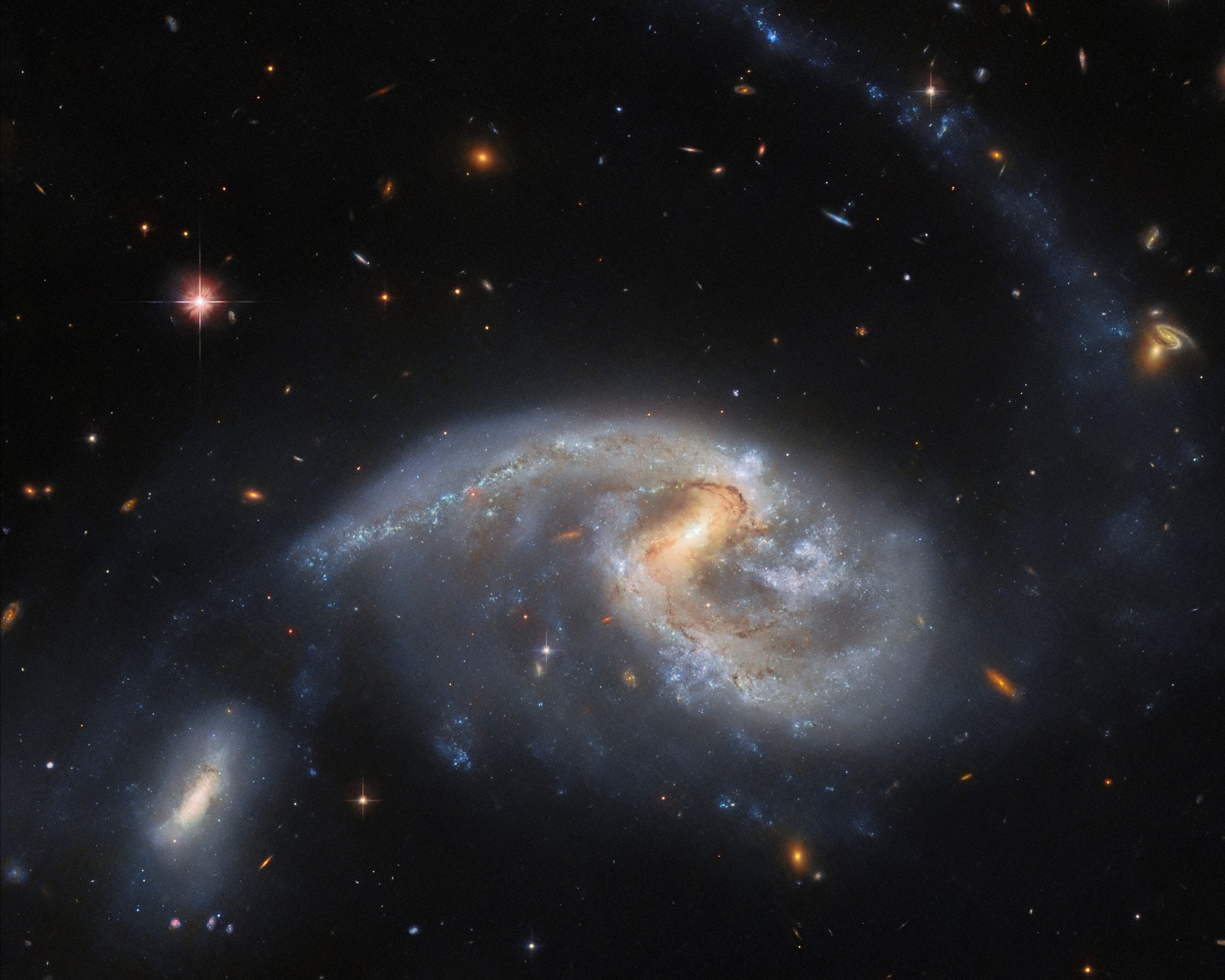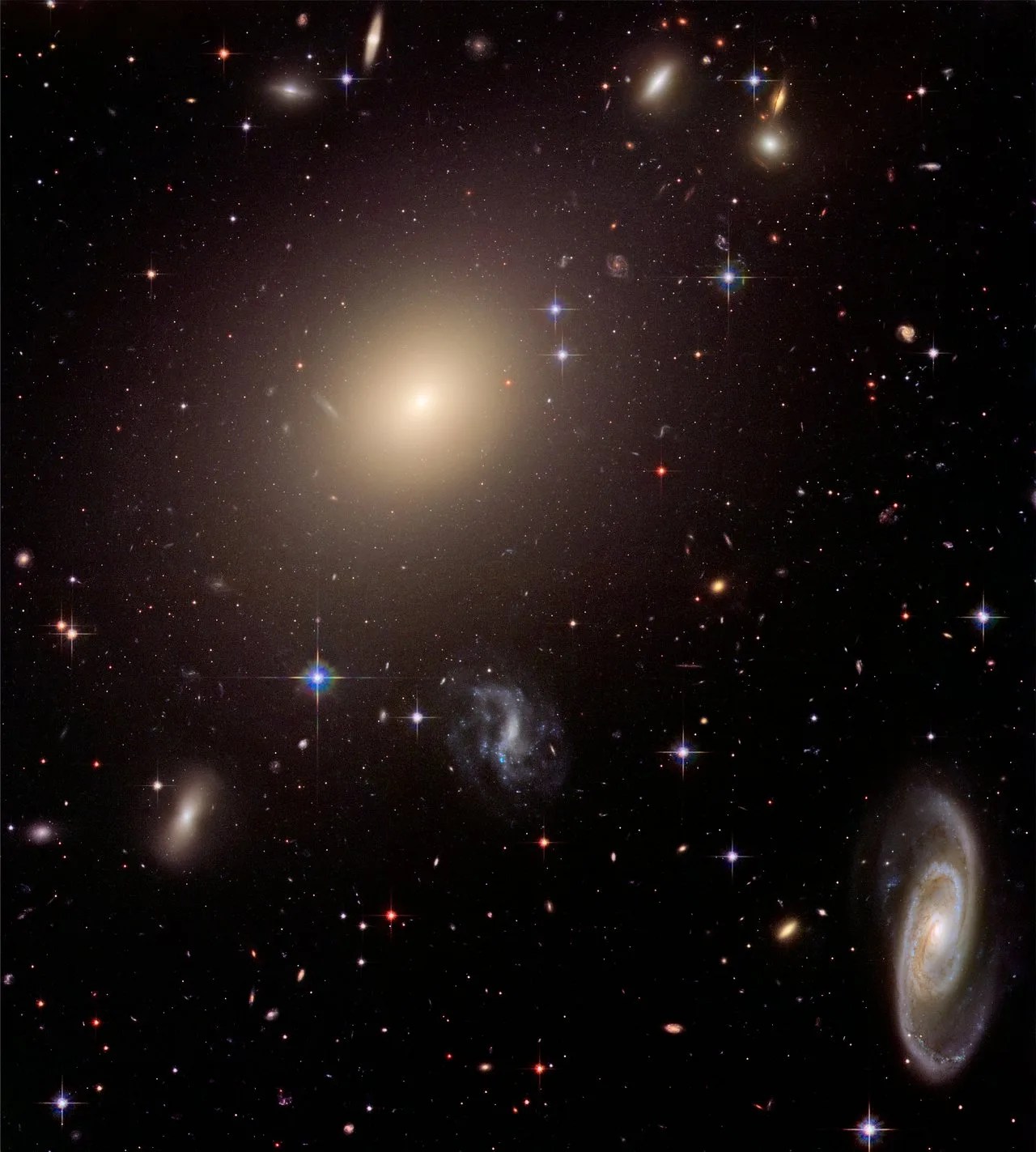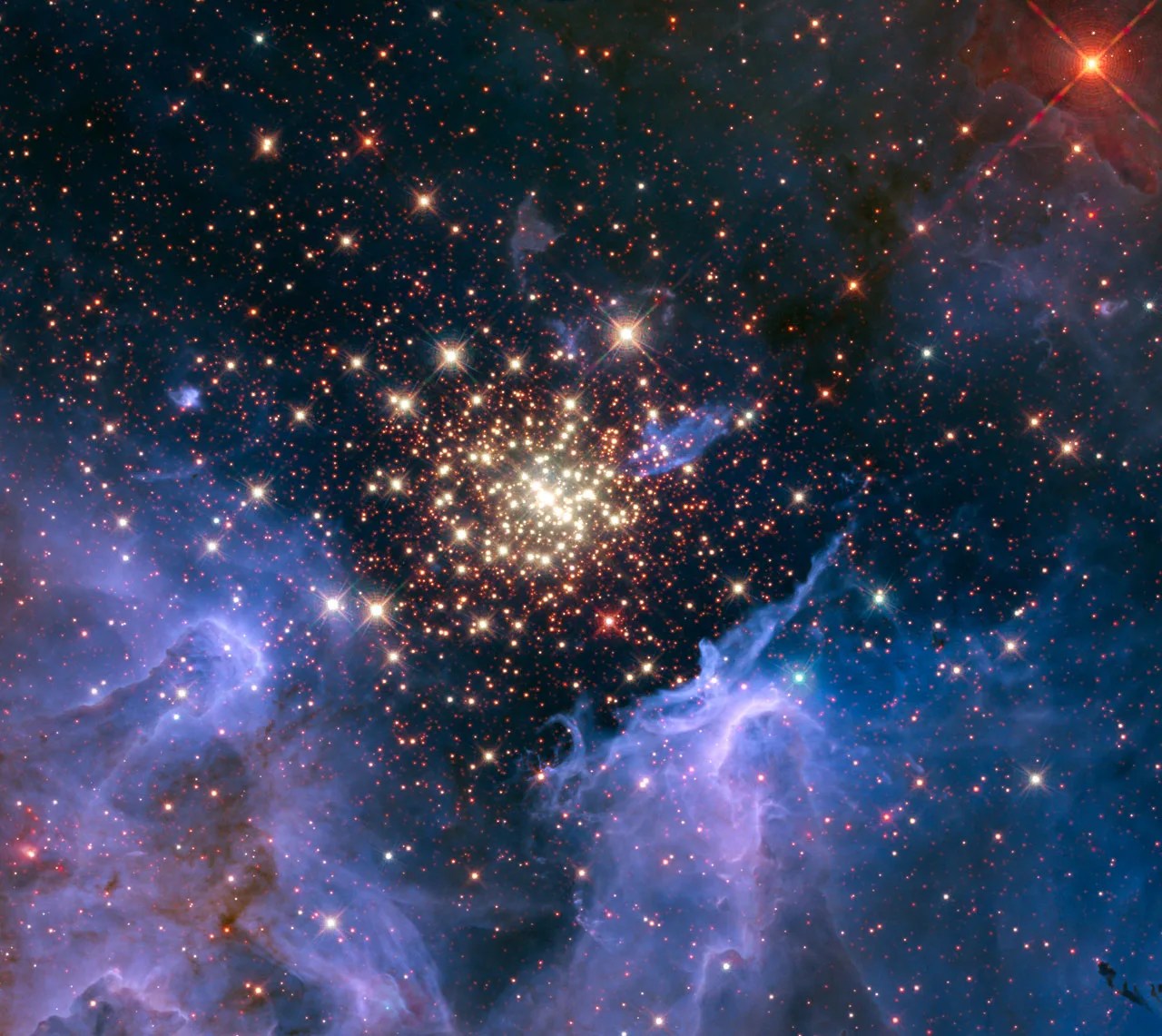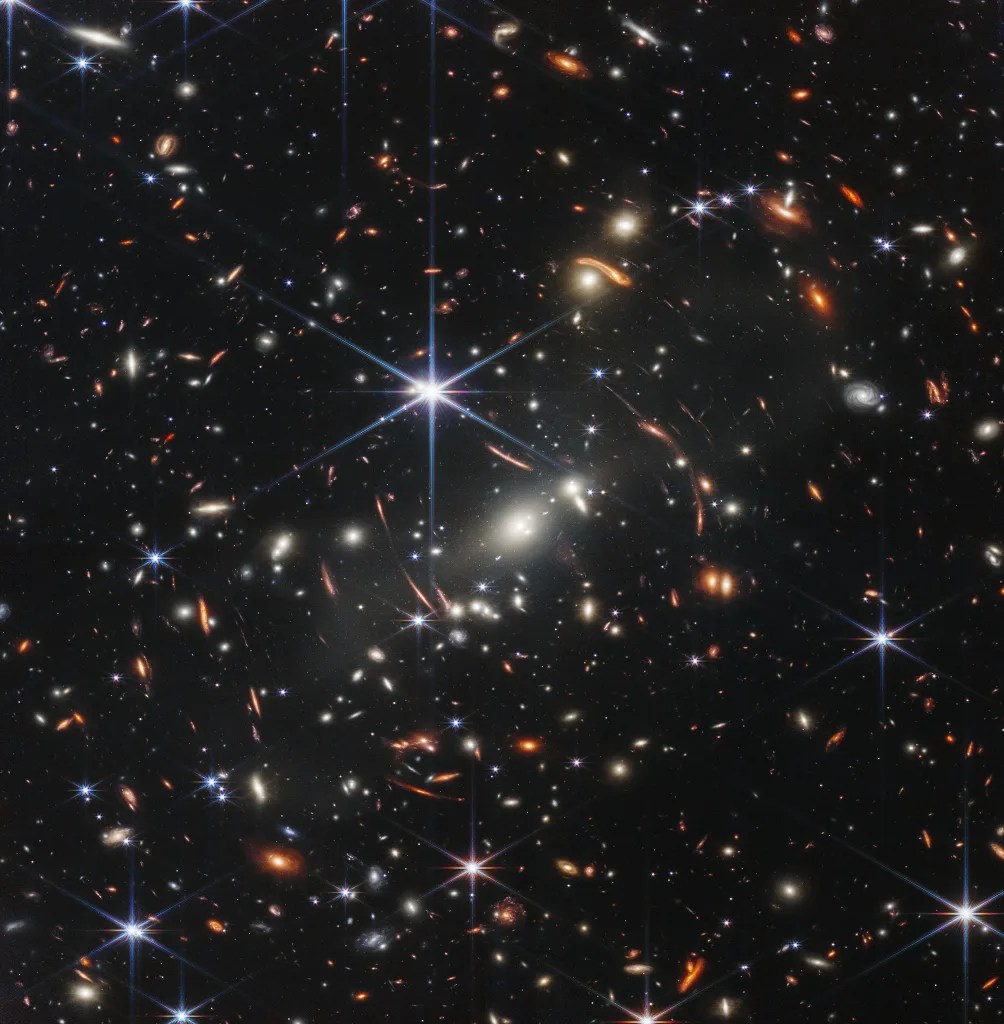This image from the NASA/ESA Hubble Space Telescope features Arp 72, a very selective galaxy group that only includes two galaxies interacting due to gravity: NGC 5996 (the large spiral galaxy) and NGC 5994 (its smaller companion, in the lower left of the image). Both galaxies lie approximately 160 million light-years from Earth, and their cores are separated from each other by a distance of about 67,000 light-years. The distance between the galaxies at their closest points is even smaller, closer to 40,000 light-years. While this might sound vast, in galactic separation terms it is really quite close. For comparison, the distance between the Milky Way and its nearest independent galactic neighbor Andromeda is around 2.5 million light-years. Alternatively, the distance between the Milky Way and its largest and brightest satellite galaxy, the Large Magellanic Cloud (satellite galaxies orbit around another galaxy), is about 162,000 light-years.
Given this and the fact that NGC 5996 is roughly comparable in size to the Milky Way, it is not surprising that NGC 5996 and NGC 5994 — separated by only about 40,000 light-years — are interacting with one another. In fact, the interaction likely distorted NGC 5996’s spiral shape. It also prompted the formation of the very long and faint tail of stars and gas curving away from NGC 5996, up to the top right of the image. This ‘tidal tail’ is a common phenomenon that appears when galaxies closely interact and is visible in other Hubble images of interacting galaxies.
Text credit: European Space Agency (ESA)
Media Contact:
Claire Andreoli
NASA's Goddard Space Flight Center, Greenbelt, MD
claire.andreoli@nasa.gov
































